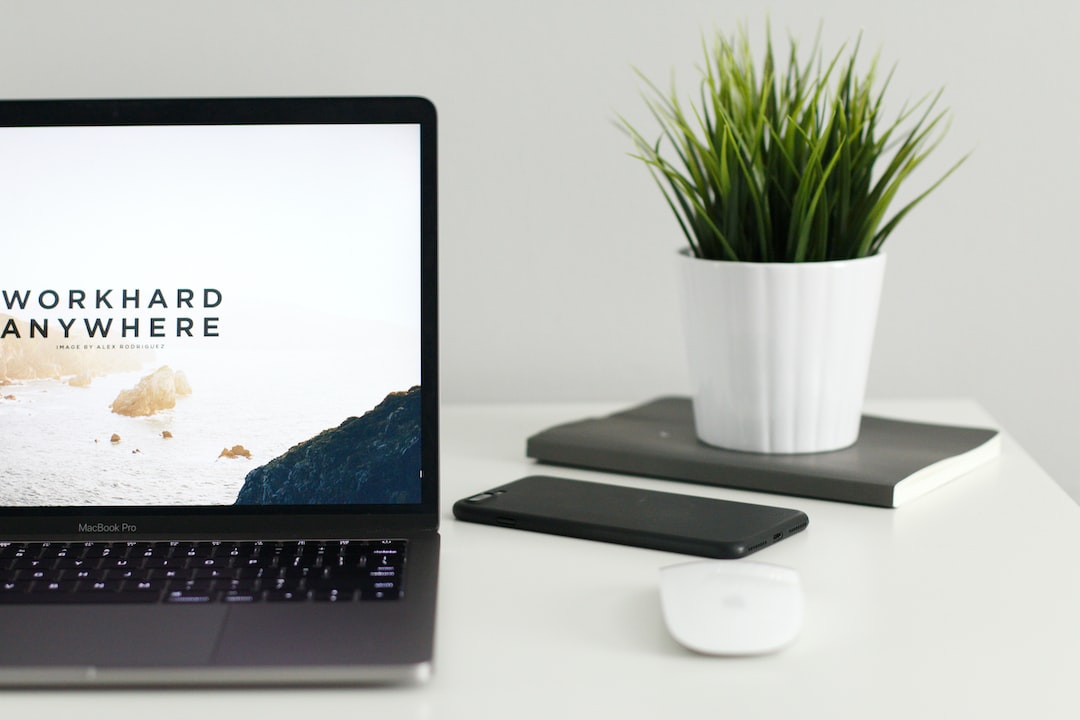The Future of Work: Blending Humans and Automation
Advancements in technology have always been a driving force in shaping the future of work. From the industrial revolution to the rise of the internet, these innovations have transformed the way we work and interact with the world around us. In recent years, the rapid growth of automation, artificial intelligence (AI), and robotics has sparked debates over the potential impact on the workforce. While some fear that these technologies will replace human workers, the reality is that the future of work lies in blending humans and automation.
Automation and AI have already made significant inroads into our daily lives, from self-checkout kiosks at grocery stores to chatbots answering customer service inquiries. These technologies have the potential to revolutionize industries by automating repetitive tasks, increasing productivity, and enabling us to tackle complex challenges with greater efficiency. However, their impact on the workforce is not as straightforward as many initially believed.
Contrary to popular belief, automation does not necessarily equate to job loss. While it is true that some jobs will inevitably be displaced by automation, new ones will soon emerge. According to a report by the World Economic Forum, by 2025, the shift in labor between humans and machines will lead to a net gain of 12 million jobs in the world’s largest economies. The key is to understand how automation and human labor can complement each other.
One way automation can enhance human productivity is by taking over repetitive, mundane, and time-consuming tasks. This frees up employees to focus on more creative, strategic, and critical thinking roles. For instance, in the healthcare industry, AI-powered algorithms can analyze vast amounts of patient data, enabling doctors to make more accurate diagnoses and treatment plans. This not only improves patient outcomes but also allows physicians to spend more time interacting with their patients and providing personalized care.
Another area where humans and automation can collaborate is in decision-making. AI systems are becoming increasingly sophisticated at processing and interpreting data. By leveraging these systems, humans can make more informed decisions based on reliable insights. Companies can use AI algorithms to analyze market trends, customer behavior, and competitor strategies to make strategic business decisions. This partnership between humans and machines allows for more effective problem-solving and fosters innovation.
In addition to enhancing productivity, automation can also improve workplace safety. Dangerous and strenuous tasks can be delegated to robots, reducing the risk of accidents and injuries for human workers. Industries like manufacturing, construction, and mining can benefit greatly from this arrangement, where automated machines can perform tasks that are physically demanding or pose significant risks to human workers.
While the collaboration between humans and automation can bring numerous benefits, it is important to address the potential challenges that may arise. One concern is the impact on employment and income inequality. Automation may disproportionately impact low-skilled workers, leading to job displacement and widening income gaps. To mitigate this, there is a need for reskilling and upskilling programs that equip workers with the necessary skills to thrive in the future job market. Governments, businesses, and educational institutions must collaborate to provide training and support for workers transitioning into new roles.
Privacy and ethical concerns are also important considerations when it comes to incorporating automation. AI technologies often rely on massive amounts of data, raising questions about data security and privacy protection. It is essential to establish robust regulations and frameworks to ensure that automation is used responsibly and ethically, with transparency and accountability.
The future of work will undoubtedly involve blending humans and automation. Rather than replacing human labor, automation and AI have the potential to augment and amplify human capabilities. By automating mundane tasks, improving decision-making, and enhancing workplace safety, this collaboration can lead to increased productivity, innovation, and overall well-being. However, to fully realize these benefits, it is crucial to address potential challenges, such as employment displacement and privacy concerns. With the right strategies in place, the future of work can be a harmonious synergy between human ingenuity and technological advancements.

